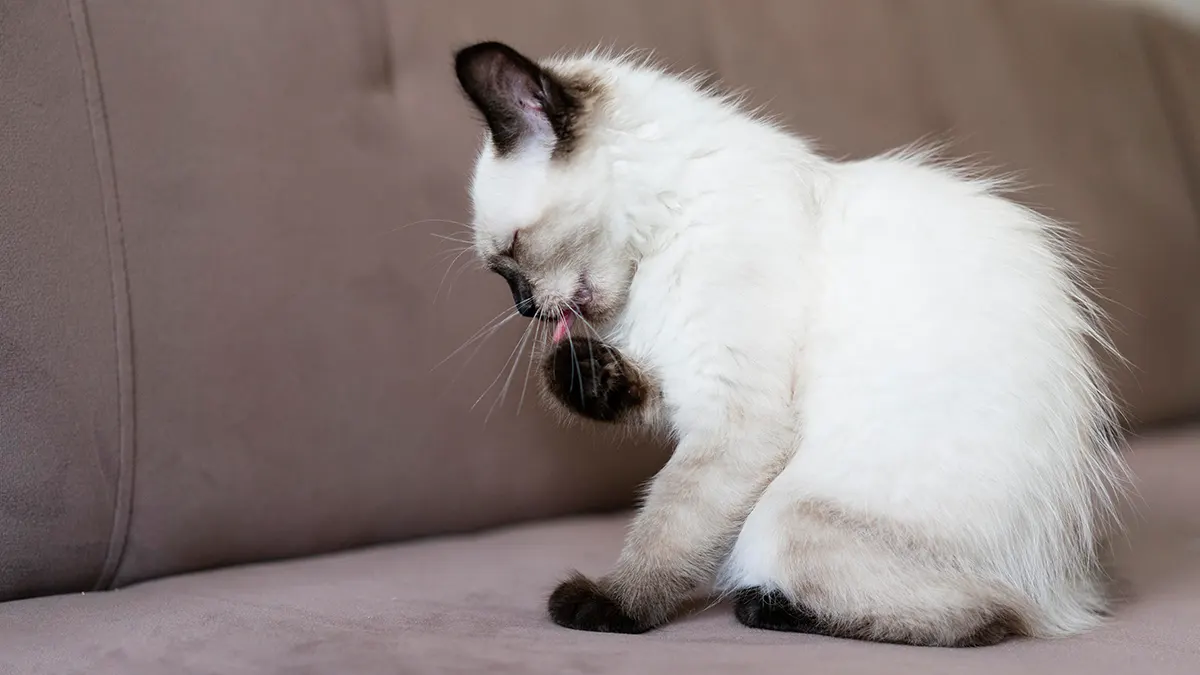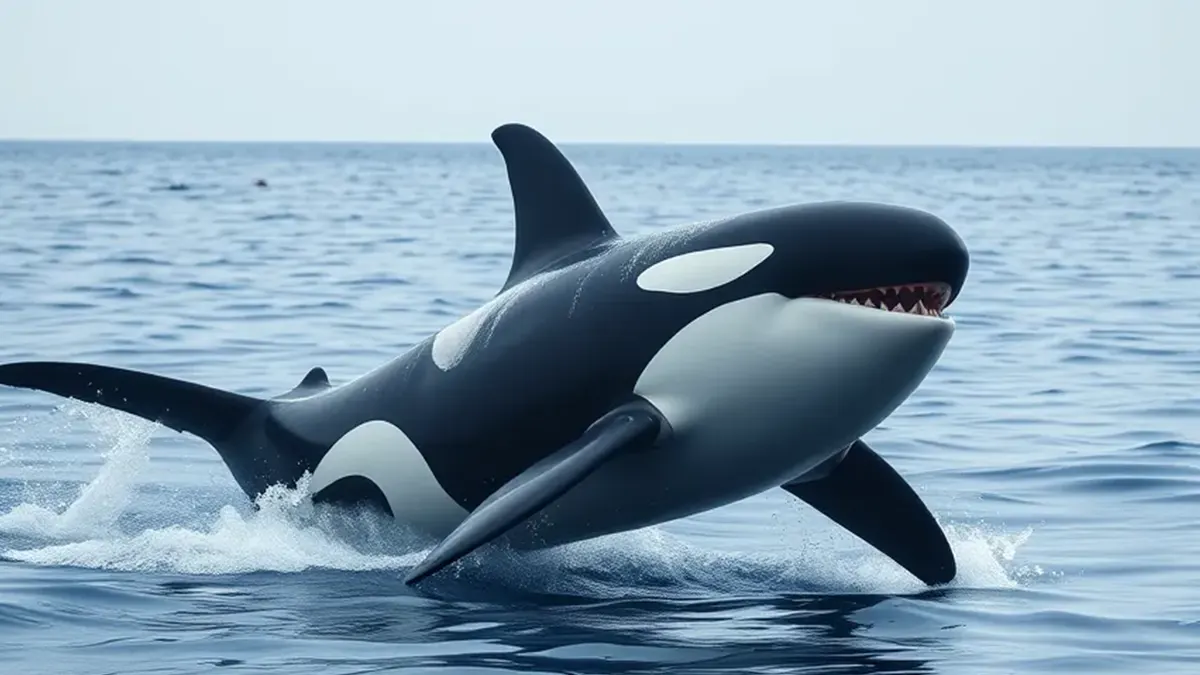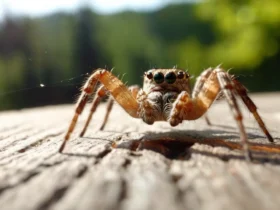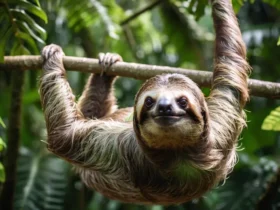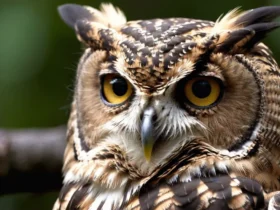Blindness at birth may seem like a severe handicap, but for some animal species, it’s simply a normal part of their development. In fact, many adorable baby animals emerge into the world without the ability to see.
If you’re short on time, here’s a quick answer to your question: kittens, puppies, rabbits, mice, hamsters and guinea pigs are all born blind.
In this comprehensive guide, we’ll explore the fascinating reasons why certain animals are born blind and how they develop sight over time. Read on to learn about the unique adaptations of newborn mammals and how their temporary blindness shapes their crucial early weeks and months.
Why Are Some Baby Animals Born Blind?
There are a few key reasons why certain animal species are born with underdeveloped eyes or even completely blind:
Underdeveloped Eyes at Birth
Many animal babies are born with their eyes closed and vision impaired, simply because their eyes are still developing. Species like kittens, puppies, hamsters, mice, rabbits, and horses are born blind or with very poor eyesight.
Their eyes and optic nerves need time after birth to fully develop and enable vision. For example, kittens and puppies don’t open their eyes until around 10-14 days after birth. Their vision steadily improves over the following weeks.
So it’s simply an incomplete developmental process, not a permanent disability.
Some other baby animals are born with eyes open but near-blind, like newborn calves, foals, piglets, and many bird species. Their eyes may detect light and motion but can’t form clear images yet. Full vision capabilities come within hours, days or weeks.
So again it’s temporary until their visual system matures.
Protection in the Womb and Nest
For animals born in litters like rodents, canines, and felines, being born blind may also serve as protection while in the cramped womb environment. Sealed eyes are less likely to get scratched or infected before birth.
Likewise, animals born into dark enclosed nests or dens, like rabbits, may gain little from vision at first. So keeping eyes closed initially prevents injury.
There are also some rare cases where blindness actually helps young animals thrive in challenging environments post-birth. For instance, naked mole rat pups are born blind and essentially remain blind their whole lives living underground.
Lack of vision energy demands may maximize resources for other vital systems in their extreme subterranean habitat.
When Do Baby Animals Open Their Eyes?
The timing of when infant animals are able to open their eyes for the first time depends greatly on the species. Here’s an overview of some common pets and small mammals:
Puppies and Kittens: Around 2 Weeks
Puppies and kittens are born with their eyes closed and take about two weeks before opening them. According to the American Kennel Club, most puppies begin peeking open their eyes around days 10-14. Indoor cats may open their eyes a bit earlier, at 8-14 days according to the ASPCA.
Outdoor kittens tend to hit the 2 week mark too.
Rabbits: 10-14 Days After Birth
Baby rabbits, also called kittens or bunnies, are born deaf and blind. According to Wabbit Wiki, they open their eyes between days 10-14. Their vision will be blurry at first but improve dramatically in the following days.
Mice: 2 Weeks
Baby mice, referred to as pups or pinkies, are born hairless with closed eyes. Around days 14-21, their eyes finally open and they grow more fur, as per AFRMA. Wild mice may take a bit longer, around 3 weeks according to Janelle’s Vivarium.
Hamsters: 14 Days
Hamster pups are born deaf, blind, and hairless. According to Hamster Care Guide, their eyes begin opening between days 10-14, though they’ll still have very poor vision. By 21-25 days, their sight stabilizes.
Guinea Pigs: 10-14 Days
Newborn guinea pigs, called pups, are furless with sealed eyes. Around days 10-14, their eyes start to open, reports Love Your Pet. Their vision rapidly improves afterward so they can find their mother and recognize litter mates.
| Animal | When Eyes Open |
|---|---|
| Puppies | 10-14 days |
| Kittens | 8-14 days |
| Rabbits | 10-14 days |
| Mice | 14-21 days |
| Hamsters | 10-14 days |
| Guinea Pigs | 10-14 days |
As shown, most baby pets and small mammals open their eyes for the first time around the 2 week mark. However, there is variation across species as well as individuals. Factors like litter size, birth weight, and genetics may shift these averages slightly.
But within the first few weeks of life, they transition from mostly helpless newborns to visually oriented babies exploring their world!
How Do Newborn Animals Survive Without Sight?
Strong Instincts and Senses
Newborn animals rely heavily on their instincts and heightened senses to survive those critical first days and weeks of life without sight. Smell and hearing in particular become their guides. Baby rabbits, for example, recognize their mother’s scent immediately after birth and use it to find her and nurse.
Baby bats use echolocation from the moment they emerge from the womb to orient themselves and find their mother in the roost. Even extremely precocial species like horses and cattle, who can stand and walk just hours after birth, still depend on scent and hearing to bond to their mothers and follow them to food and safety.
Reliance on Mother
Another key to survival for newborn blind animals is their mother. She plays an absolutely vital role in protecting, feeding, and caring for offspring who cannot yet see to fend for themselves. Be it a grizzly bear hiding her cubs in a den, a kangaroo with a joey in her pouch, or a dog sleeping alongside her nursing puppies, moms act as their blind babies’ eyes, ears, and shield against predators.
For species that live in groups, like elephants, the entire herd helps guard calves and steer them clear of danger. Without such intense maternal care, helpless blind newborns would quickly perish.
Limited Mobility
In addition to strong instincts, senses, and maternal care, limited mobility is another survival strategy for newborns born blind. Species like opossums and rabbits are essentially immobile at birth, which protects them by keeping them hidden in dens where their mothers nurse them.
Even animals born with their eyes open like horses and antelope will lay low in the first days and weeks of life, staying close to their mothers for safety rather than running around exploring. By restricting movement until their vision develops, vulnerable blinded babies reduce their exposure to predators and separation from maternal care.
What About Baby Birds and Reptiles?
Baby Birds Have Sight Right Away
Unlike mammals, baby birds are born with their eyes wide open and fully functional. This allows them to see their parents right after hatching so they can identify them and begin bonding. Baby birds rely heavily on visual cues from their parents to learn behaviors essential for survival, like finding food and avoiding predators.
Having immediate eyesight is crucial because baby birds grow incredibly fast—many are ready to fly within 2-3 weeks of hatching.
There is amazing diversity in visual capabilities between different bird species. Precocial birds like chickens and ducks are born with more mature eyes and better visual acuity than altricial songbirds like robins and sparrows.
But even the blurriest-eyed altricial hatchlings have adequate vision to see their parents and siblings clearly. Of course, their eyesight continues improving as they grow.
Bird embryos begin forming eyes very early in development while still inside the egg. The retina and other eye structures are partially developed at hatching, then rapidly mature as the neural connections strengthen during the first weeks of life.
So baby birds essentially have “booting up” vision at birth that keeps getting sharper and more refined as they gain experience.
Reptiles Vary – Some Are Born Blind
Unlike warm-blooded birds and mammals, reptiles display a wide variation in whether their babies are born with sight. Some major factors are:
- Egg-laying versus live birth – Reptiles hatched from eggs tend to have functional eyes as hatchlings. Viviparous (live-bearing) species often gestate in darkness, so their newborns may be born blind and develop vision later.
- Aquatic versus terrestrial habitat – Sea turtle hatchlings have excellent eyesight to find the ocean after hatching. Burrowing snakes like garter snakes are born blind and gain sight within their first few days.
- Predator avoidance strategies – Crocodiles and some lizards are born with good vision to quickly move away from danger. Chameleons and chameleons have poor initial eyesight and instead rely on camouflage.
Some examples of visual ability at birth include:
| Species | Visual Capability at Birth |
|---|---|
| Green sea turtle | Full color vision & excellent eyesight |
| Ball python | Born blind, gains sight in 6-10 days |
| Bearded dragon | Moderate vision at birth, matures rapidly |
| Garter snake | Born blind, gains vision in 1-2 days |
So reptile vision at birth runs the gamut from perfectly acute to completely nonexistent! But even blind hatchlings have alternate sensory capabilities to find food sources and avoid harm until their sight develops.
When Should You Be Concerned About Vision Problems?
Look for Eye Opening Around Normal Timeframe
It’s normal for some animal babies like kittens, puppies, and rabbits to be born with their eyes closed. Their eyes usually start to open around 7-14 days after birth. According to the ASPCA, newborn kittens open their eyes between 8 and 12 days old.
For puppies, their eyes tend to open between 10-14 days of age. Baby bunnies open their eyes a bit earlier, usually around 10 days old.
So generally, if the animal baby has not opened its eyes around 2 weeks after birth, that’s when you may need to start getting concerned. The timing can vary a little bit depending on factors like the breed and number of babies. Large litters may open their eyes on the later end.
But if you get past 14 days with eyes still closed, contact your veterinarian.
Contact Your Vet If You Notice Issues
Aside from eyes not opening, there are other potential vision issues to look out for. According to the experts at VCA Animal Hospitals, some signs include eyes that seem overly small, swollen, protruding, or irritated. The pupils may appear cloudy or bluish-white in color.
You may see crusty discharge or tearing coming from the eyes as well.
If you spot any of these eye abnormalities in a newborn animal, take the baby to the veterinarian right away. Vision issues can progress quickly in young animals so early intervention will give them the best chance at treatment and recovery.
Certain hereditary conditions like cataracts may be able to be corrected with surgery while the animal is still developing.
Catching vision problems early on can help prevent long-term complications like impaired sight or full blindness. So don’t hesitate to have your vet examine the eyes if anything seems off. According to ACVO, annual eye exams are also recommended since issues can crop up over time.
Conclusion
While we may assume that newborn animals need sight right away, many common pets and small mammals develop perfectly fine without vision in their earliest days. Their blindness at birth is simply an adaptation that protects their sensitive, underdeveloped eyes.
Through innate abilities and their mother’s devoted care, these blind babies thrive. Their journey from birth to fully formed vision reveals the amazing resilience and growth within some of nature’s most beloved creatures.


